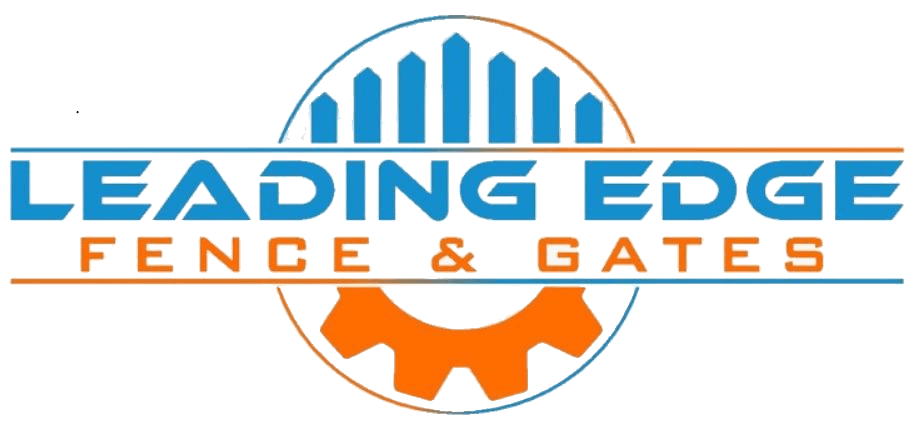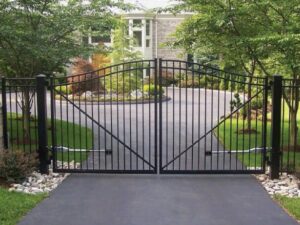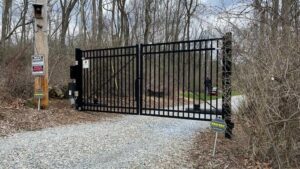
Wooden gates are not just functional barriers but also aesthetic additions to any property. They exude a rustic charm and elegance that can elevate the overall look of your home. However, like any other outdoor installation, wooden gates are exposed to the elements and require regular maintenance to ensure their longevity and keep them looking their best. Here are some essential tips by Leading Edge Fence & Gates to care for your wooden gates:
Table of Contents
The Right Wood for Your Wooden Gate
Choosing the suitable wood for your gate is the first step towards ensuring its longevity. Hardwoods like oak, teak, and mahogany are known for their durability and resistance to rot. They might be pricier than softwoods, but last longer and require less maintenance. If you’re on a budget, treated softwoods like pine can also be a good choice, provided they are adequately maintained.
Types of Wood for Stunning Wooden Gates
Wooden gates are a timeless addition to any property, offering aesthetic appeal and functionality. The type of wood you choose for your gate can significantly influence its durability, appearance, and maintenance requirements. Here’s a deeper dive into some popular wood types for gates:
Oak:
- Characteristics: Oak is renowned for its strength, durability, and resistance to decay. Its dense grain makes it less prone to warping over time.
- Appearance: It boasts a rich color palette that can range from light golden to medium brown. Over time, with exposure to sunlight, oak can darken, enhancing its natural beauty.
- Maintenance: While oak is relatively low-maintenance, it benefits from occasional sealing to retain its color and prevent moisture damage.
Teak:
- Characteristics: Teak is a premium hardwood known for its exceptional resistance to weather conditions, pests, and rot. Its natural oils make it one of the most durable woods available.
- Appearance: Fresh teak has a golden to medium brown hue. If left untreated, it gracefully ages to a silver-grey patina, preferred by many homeowners for its rustic charm.
- Maintenance: Teak requires minimal maintenance. However, periodic oiling is recommended if you wish to retain its golden-brown color.
Mahogany:
- Characteristics: Mahogany is a sought-after wood for its uniform grain and resistance to decay and pests. It’s less dense than oak but offers excellent durability.
- Appearance: Mahogany offers a consistent color, ranging from reddish-brown to deep red. Its fine grain gives gates a smooth finish and an elegant look.
- Maintenance: To maintain its rich color, mahogany gates benefit from regular staining and sealing. This also helps in protecting the wood from UV rays and moisture.
Pine:
- Characteristics: Pine is a softwood, making it less durable than the hardwoods mentioned above. However, it can effectively resist decay, pests, and weathering when treated.
- Appearance: Pine has a light color, usually pale yellow, with pronounced grain patterns. Its knots can add character to gates, giving them a rustic appearance.
- Maintenance: Treated pine gates require regular maintenance, including staining or painting, to prevent decay and enhance lifespan.
Contact Leading Edge Fence & Gates Today!
The choice of wood for your gate should align with your aesthetic preference, maintenance comfort level, and budget. While hardwoods like oak, teak, and mahogany are pricier, they offer superior durability and a rich appearance. On the other hand, treated softwoods like pine can be a budget-friendly option with the proper care. Regardless of your choice, a well-maintained wooden gate can be a stunning focal point for your property for years.







